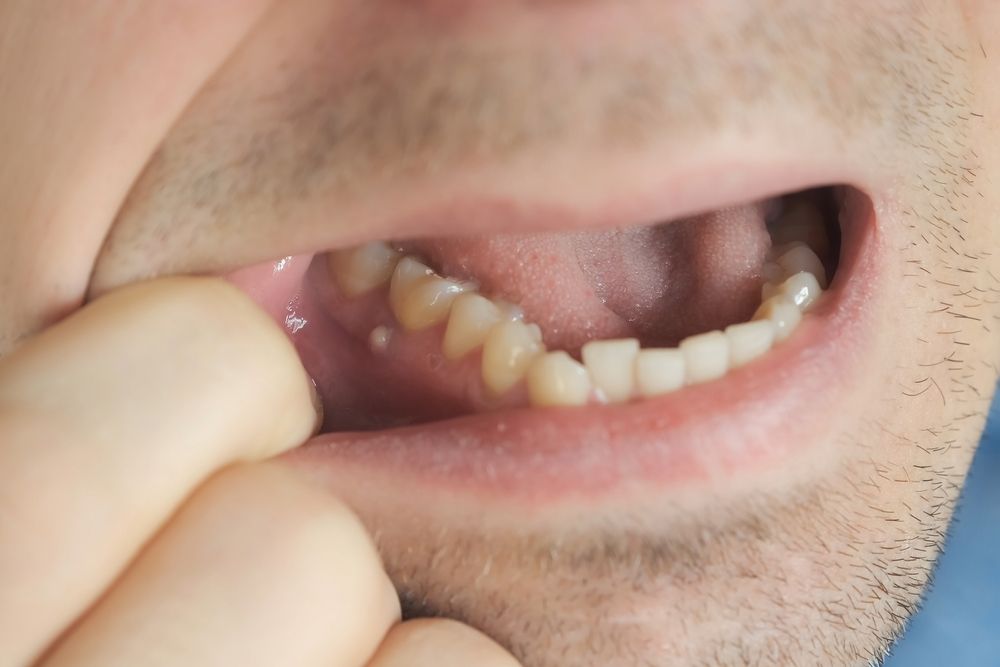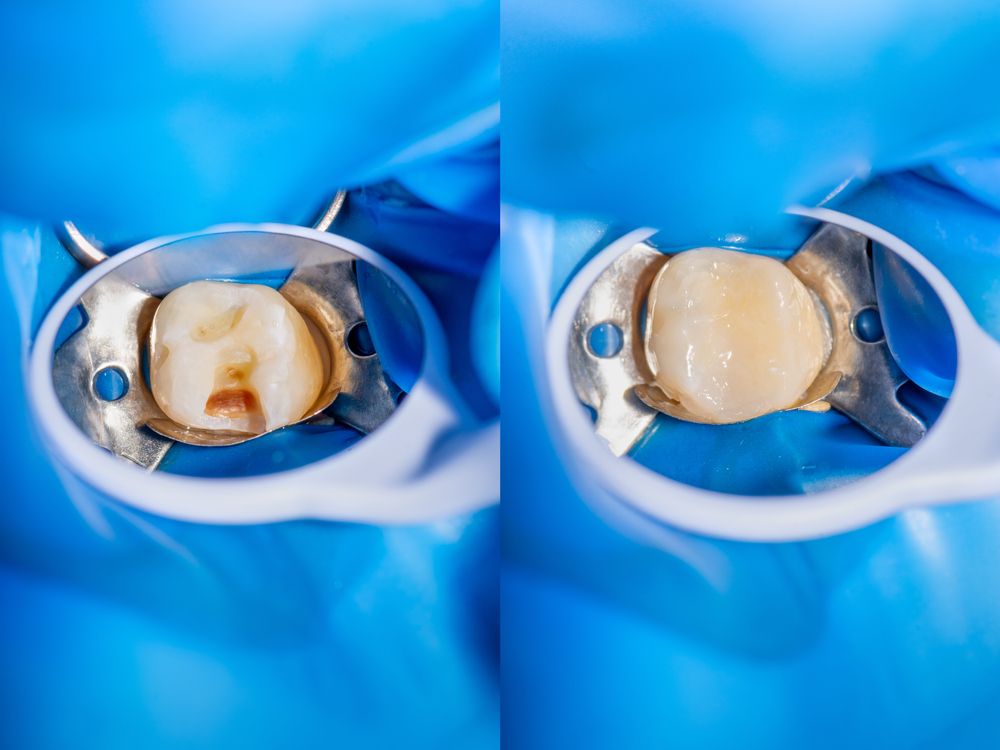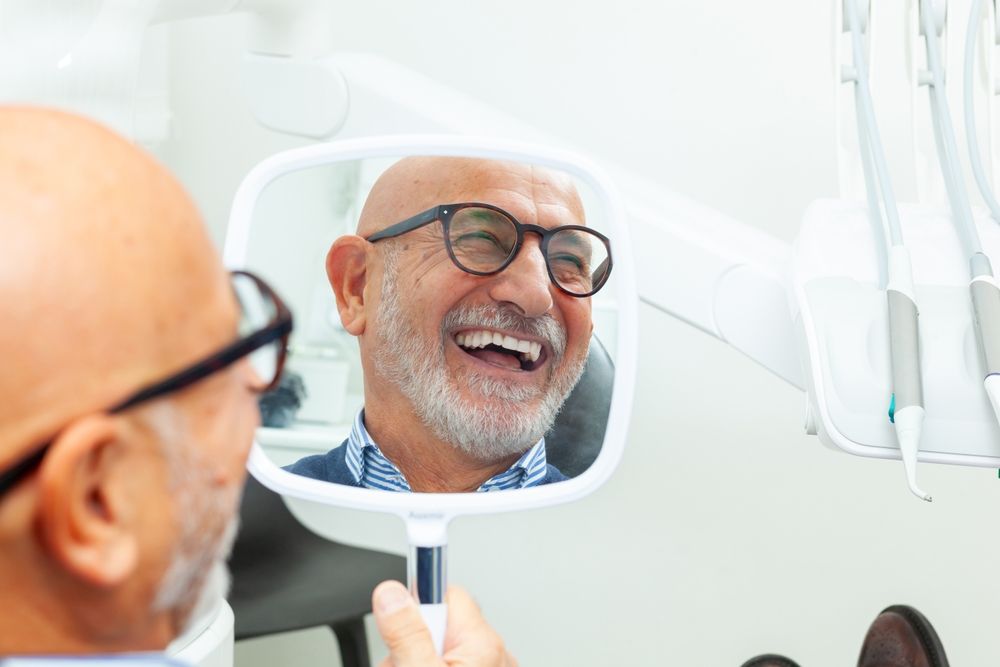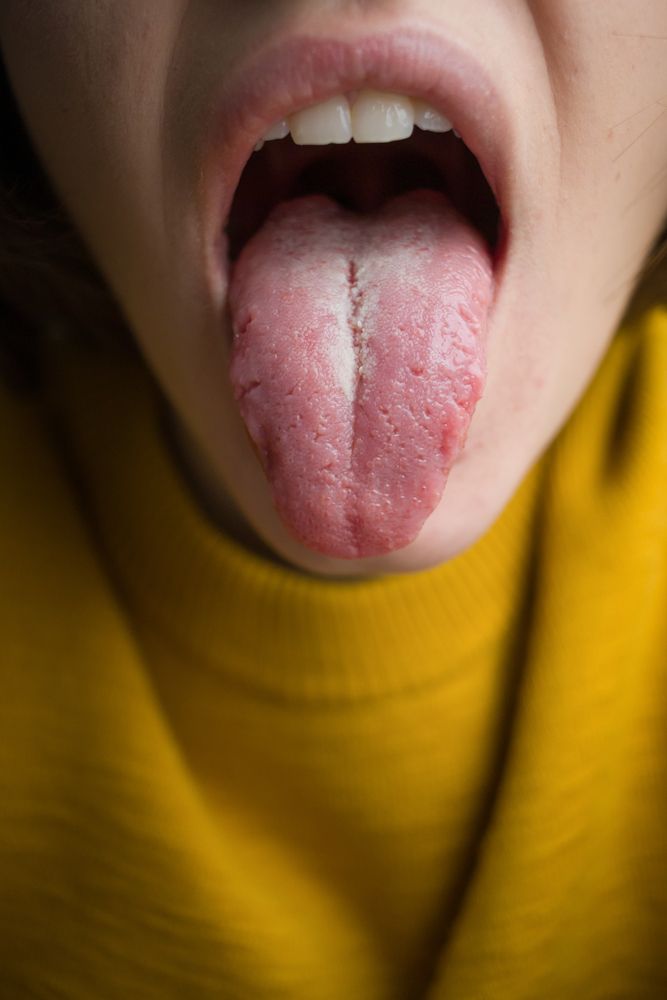If you notice a black or dark spot on the inside of your cheek while brushing or flossing, chances are that you are worried about what it could be. After all, having a black spot on the inside of your cheek is certainly not a normal thing. Luckily, most causes of a black spot on the inside of the cheeks are generally not too serious and can be easily treated. However, since a black spot can indicate oral cancer, you will want to schedule an appointment with your dentist asap to have them evaluate the spot and determine the cause. Here are a few things that the black spot could be:
Blood Blister
Blood blisters are small dots fluid and blood filled sacs that can range in color from red to purple to black. They can usually be felt with the tongue and can hurt when touched. A blood blister usually forms when an area of the mouth gets pinched and the most common locations are the insides of the cheeks and lips. Most cases of blood blisters resolve themselves and are no cause for concern. However, blood blisters that last longer than two weeks or that are recurring should be evaluated by your dentist.
Melanotic Macules
Melanotic macules are small, flat areas of hyperpigmentation that have a defined border. Most macules are around one quarter of an inch in diameter. Melanotic macules are not cancer, however your dentist may suggest a biopsy in order to rule out oral cancer and confirm a diagnosis.
Leaky Dental Filling
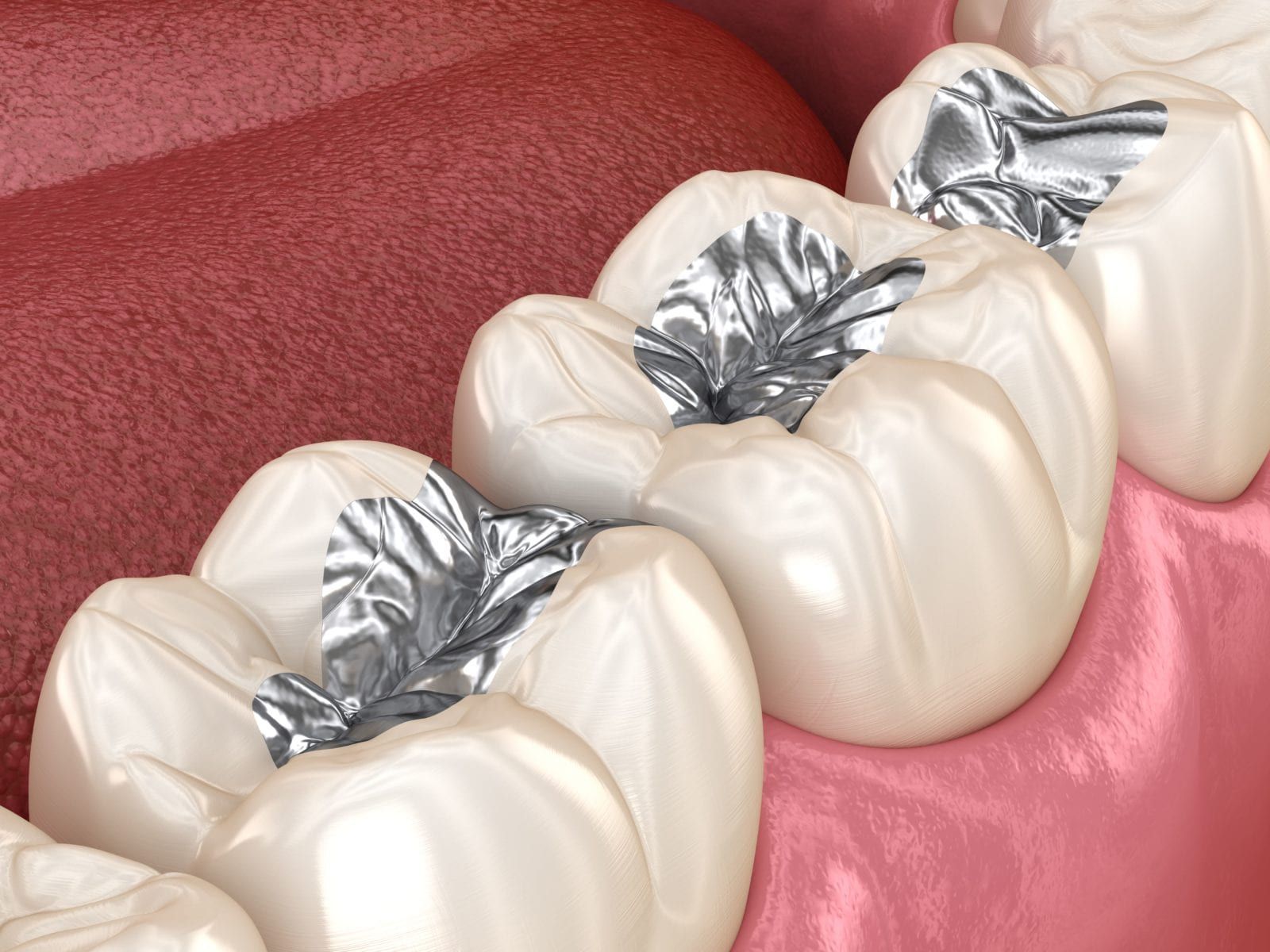
A larger dark spot on the inside of your cheek can indicate a leaky amalgam filling. Amalgam fillings are made using mercury, tin, zinc, silver, and copper, all of which can cause the inside of the cheeks to turn dark blue, grey, or black. Stains from leaky amalgam fillings are known as amalgam tattoos since they are permanent unless removed with a laser. If the cause of your black spot is a leaky amalgam filling, your dentist will need to repair or replace the filling.
Smoker’s Melanosis
If you are a frequent smoker, then the black spots inside your mouth are likely caused by smoker’s melanosis. Smoker’s melanosis usually occurs as blotchy stains along the gums and on the inside of the cheeks. Although smoker’s melanosis does not cause symptoms or require treatment, your dentist may recommend a biopsy to rule out oral cancer. These stains are also permanent and can only be removed with a laser.
Oral Cancer
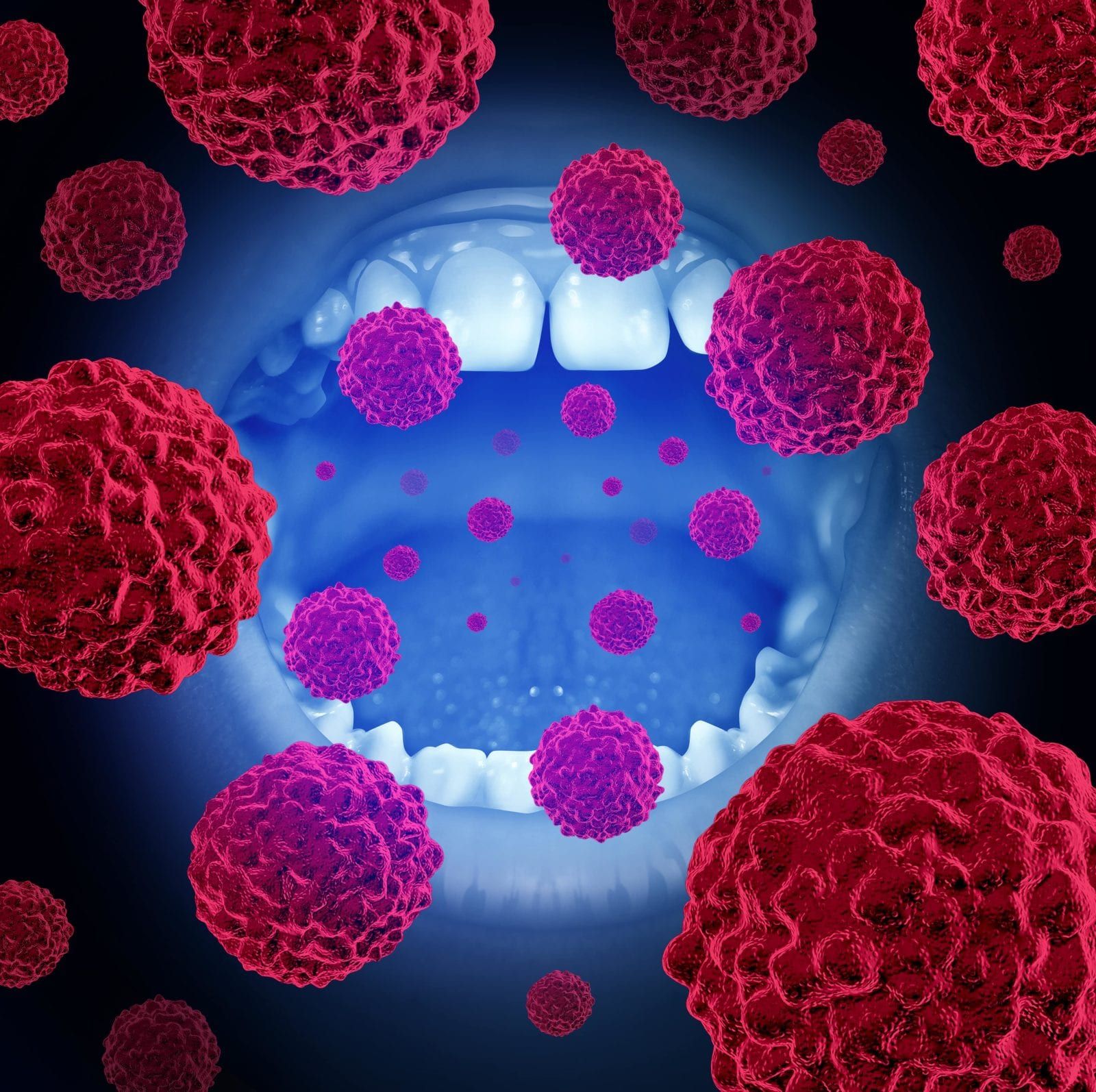
A dark spot inside the mouth can also be caused by oral cancer, although this is extremely rare. Early cases of oral cancer can range in color from an unpigmented white to dark brown to blue black. As it progresses, you may notice pain, ulcers, and bleeding around the dark spot. If your dentist suspects oral cancer, they will perform a biopsy and refer you to your doctor for further testing and treatment.
Certain Medical Conditions
Certain medical conditions like Peutz-Jeghers syndrome and Addison’s disease can both cause dark spots or blotches to form on the inside of the mouth. In these instances, your dentist will likely refer you to your doctor for an accurate diagnosis and proper treatment.

Dr. Victor Bustos graduated from Florida International University with an undergraduate degree in Chemistry and Biology and then continued on to obtain his DMD from the University of Florida College of Dentistry. He strives to always stay current on the newest techniques and continuously attends dental continuing education courses and workshops to further his knowledge and hone his skills. Dr Bustos’ greatest satisfaction comes from helping patients achieve their dental goals.

